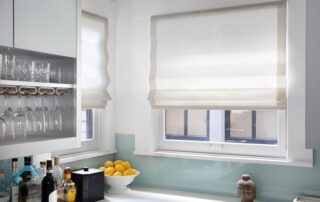Should You Paint Trim or Walls First? A Bay Area Painter’s Guide
Homeowners often ask Berkeley painters or Oakland painters what is the proper order or sequence of interior painting. Should I paint the walls or the trim first? It’s a fair question, and the answer isn’t always simple. In the San Francisco Bay Area, homes vary dramatically in style and construction: Craftsman [...]








